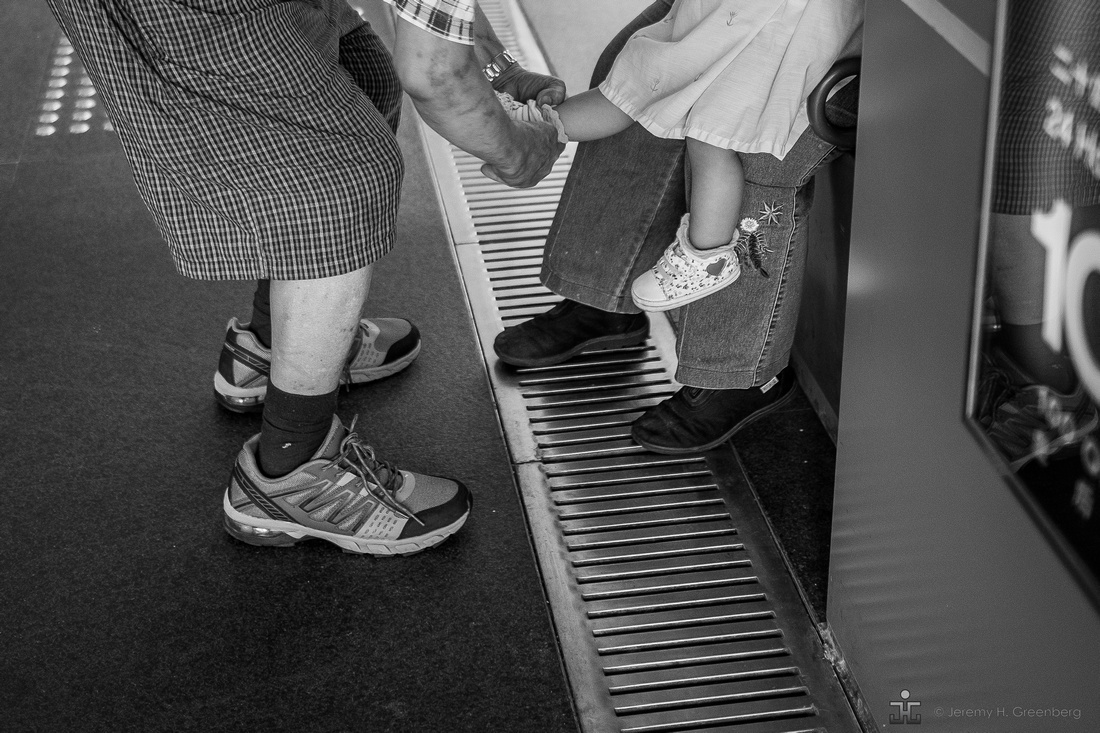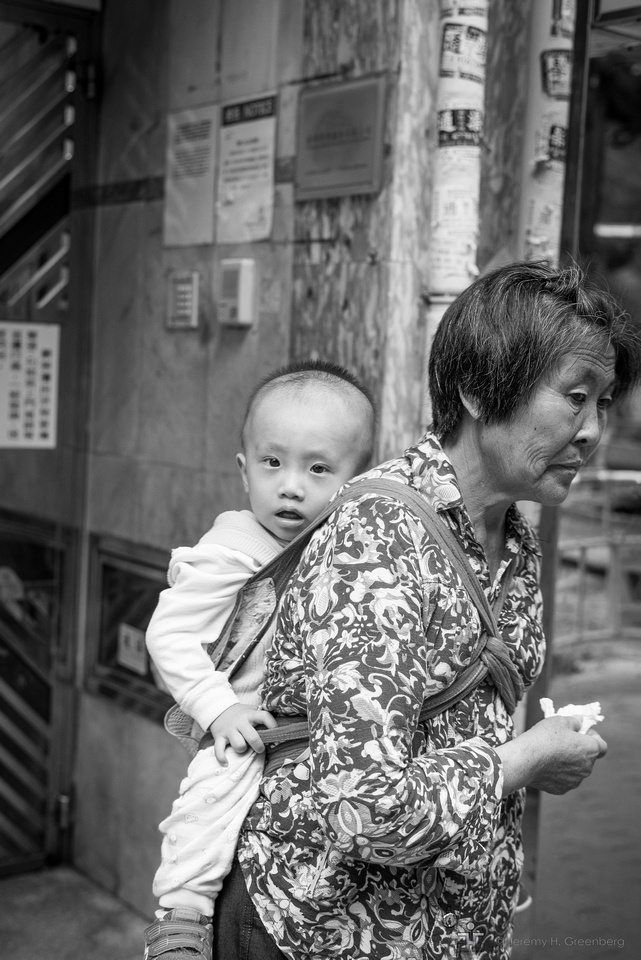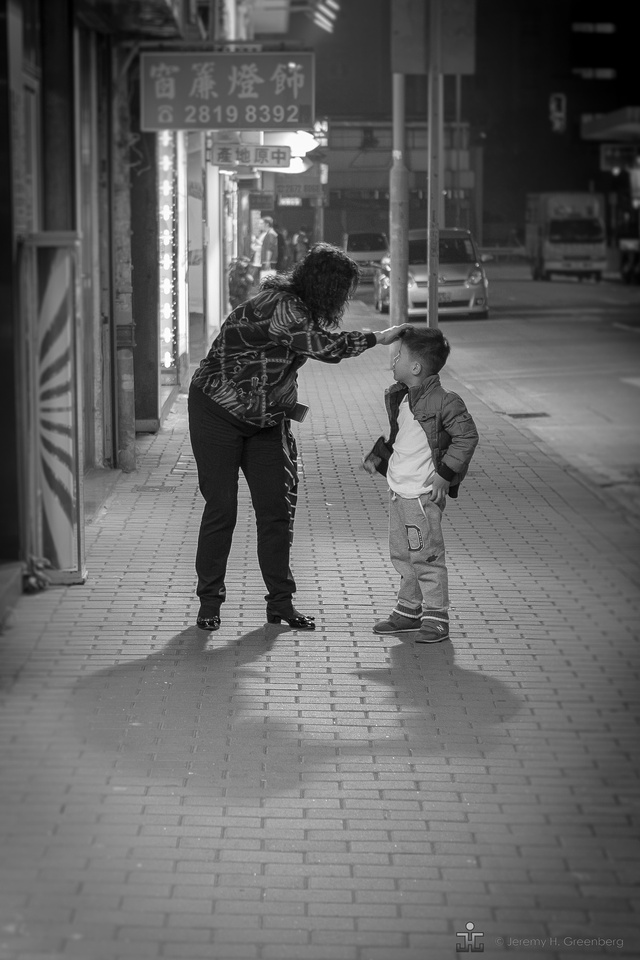Blog #33 Think BIG!
Blog #33 Think BIG!
Given the title of this week’s blog post, you might think that I will be commenting on some aspect of gear such as sensor size, or the focal length of a lens. While sensor size is a perfectly lovely albeit technological topic unto itself, there have been countless articles to address that topic from various perspectives. Size does matter where focal length is concerned. Shorter (wide) focal lengths have their purpose usually for landscapes while longer telephoto lenses are better for capturing wildlife, sports, and compressing the elements within a frame to give the impression of a shorter depth of field.
Neither of those topics will be the focus of this blog post (pun intended). Rather, this blog will address the topic of thinking big. It’s all fine and good to make individual images that document the places you go or the people you meet or even the food that you eat (sort of). These days everyone is a photographer and there are essentially no rules. Shoot, eat, post, sleep, repeat summarizes today’s zeitgeist.
Many photographers as hobbyists or professionals, begin in the field happily snapping away at whatever strikes their fancy. However, for those photographers that seek to make the leap to professional, or even serious hobbyists, over time, a feeling of emptiness or disconnect may seep in to our photography. We may feel aimless, disconnected, or even worse, uninspired. All artists and creatives go through this from time to time. The cure for this photographer’s writer’s block can be to start a project.
I’m not talking about a collection of photos of door handles here. Door handles are nice. But seriously, who cares? A series of door handle images says nothing about the world except that there are many different (and some beautiful) types of door handles. Collections of photos can be fun and can help the photographer to narrow their scope of subject matter and to get out into the big bad world and start to make images again. So long as their is a fair amount of variation in the images this may be a worthwhile task, or exercise.
I recently went to a photography book fair that featured a well-known photographer that published a book on a collection of images. All of the images, in their own right were well-produced due to their interesting perspective of the subject matter, and well composed frames. However, the entire book was image after image of not just the same subject matter but all of the same subject matter. For example, who would be interested in an entire book of images of door handles? Someone obsessed with door handles, most likely that is short list. The images were so alike, I couldn’t even finish looking through the book. About a quarter way through the book, I had to put it down. There was too much repetition for my taste and such as lack of variety that the book simply did not hold my interest long enough to get past the first few pages. The lack of variety and sheer volume of like images led to a dry and stale experience for the viewer. How many proverbial door handles can one person appreciate in one sitting? Three? Five? Twelve? I think the answer is somewhere between one and the limit of your attention span.
Even National Geographic hosts an “Assignments & Stories” section that usually has simple topics such as Birds, or In the Shadows. I was even fortunate enough to have one of my images chosen for the Built to Walk competition. Contests can be beneficial as well as challenging to participate in not to mention helpful to view other photographer’s interpretations of the subject or theme. This was more of a theme project than a collection. Collections are nice to share with friends or family, and social media. Sure, there are photographic collections hanging in world-class museums but there are other ways to think big in photography.
Thinking big, in my view, is about making images that have a theme. Images that have a theme have more gravitas than snap shots. Themes can include: solitude, love, friendship, loneliness, joy, anger, or childhood, to name a few. Photographs that evoke the concept of a theme are more memorable because many themes are universal and people can relate to the image since we all share a lot of the same experiences, in a broad sense.
A photographer who thinks big will make efforts to work within genres that require theme based collections or series. These include photo journalism, visual storytelling, and social documentary. To work within these areas, the photographer will be required to produce multiple images that are connected by some underlying theme or common denominator.
There are two ways to achieve this end. The first is to set out to make images that are related to a theme or to tell a story. Poverty in the city, the education of women in developing countries, the Winter Olympics, or child care by grandparents in urban settings could be interesting topics that one could document. At some point, words may be put to the images or the photographer could choose to let the photos speak to the viewer without verbal mediation.
The second way that a story might come emerge from a selection of photos is through a more organic process, per se. There is a simple technique that photographers might use to try to assess their style. This technique simply requires one to survey a large set of their images and look for themes. Sorting the photos into piles (using prints or digitally into folders) that have some commonality. The photographer might find that they like to shoot candid portraits in color, candid portraits in black and white, landscapes, food, people at work, or travel photography. Finding the common factors in ones work could lead to the development or emergence of a story of some type.
In both processes briefly described above, the results should be instrumental in aiding the photographer to identify a body of work on a given theme or subject. This body of work might take months or years to be formulated into a presentable and publishable piece. There are big bodies of work and smaller project-based bodies of work. Either is a worth endeavour and a proper challenge for the hobbyist and professional alike. Thinking big is about having something to say and allowing your photographs to do the speaking for you.
The three images below are presented as a small set. Can you identify a story emerging from them? Is there a theme? Are they saying anything to you? There are many challenges to the photographer these days. Perhaps the greatest of all challenges is to think big and the only person who can stand in the way of that is you.
The light is always right.
jhg





